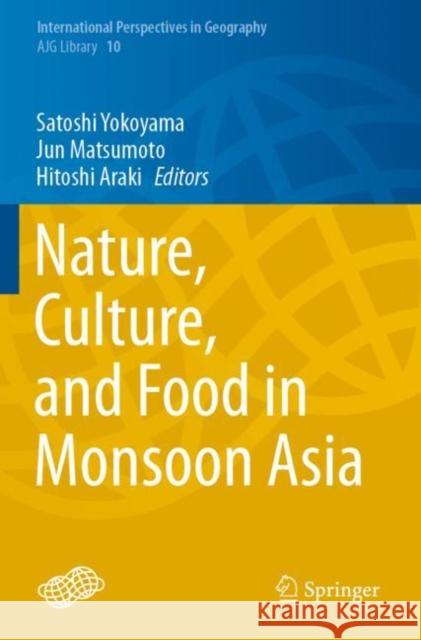Nature, Culture, and Food in Monsoon Asia » książka
topmenu
Nature, Culture, and Food in Monsoon Asia
ISBN-13: 9789811521157 / Angielski / Miękka / 2021 / 172 str.
Nature, Culture, and Food in Monsoon Asia
ISBN-13: 9789811521157 / Angielski / Miękka / 2021 / 172 str.
cena 602,40
(netto: 573,71 VAT: 5%)
Najniższa cena z 30 dni: 578,30
(netto: 573,71 VAT: 5%)
Najniższa cena z 30 dni: 578,30
Termin realizacji zamówienia:
ok. 22 dni roboczych
Dostawa w 2026 r.
ok. 22 dni roboczych
Dostawa w 2026 r.
Darmowa dostawa!
Kategorie BISAC:
Wydawca:
Springer
Seria wydawnicza:
Język:
Angielski
ISBN-13:
9789811521157
Rok wydania:
2021
Wydanie:
2020
Numer serii:
000466835
Ilość stron:
172
Oprawa:
Miękka
Wolumenów:
01











